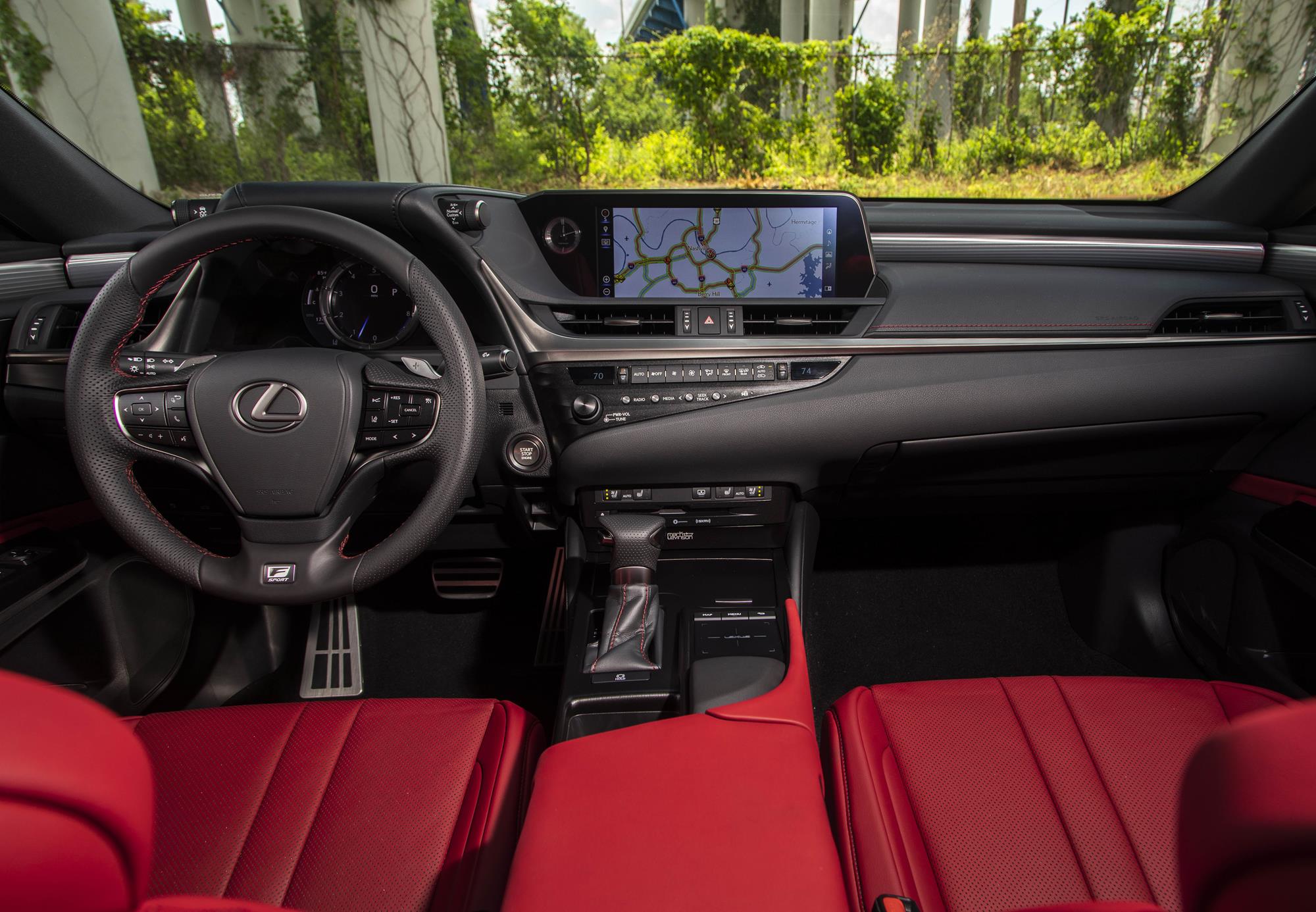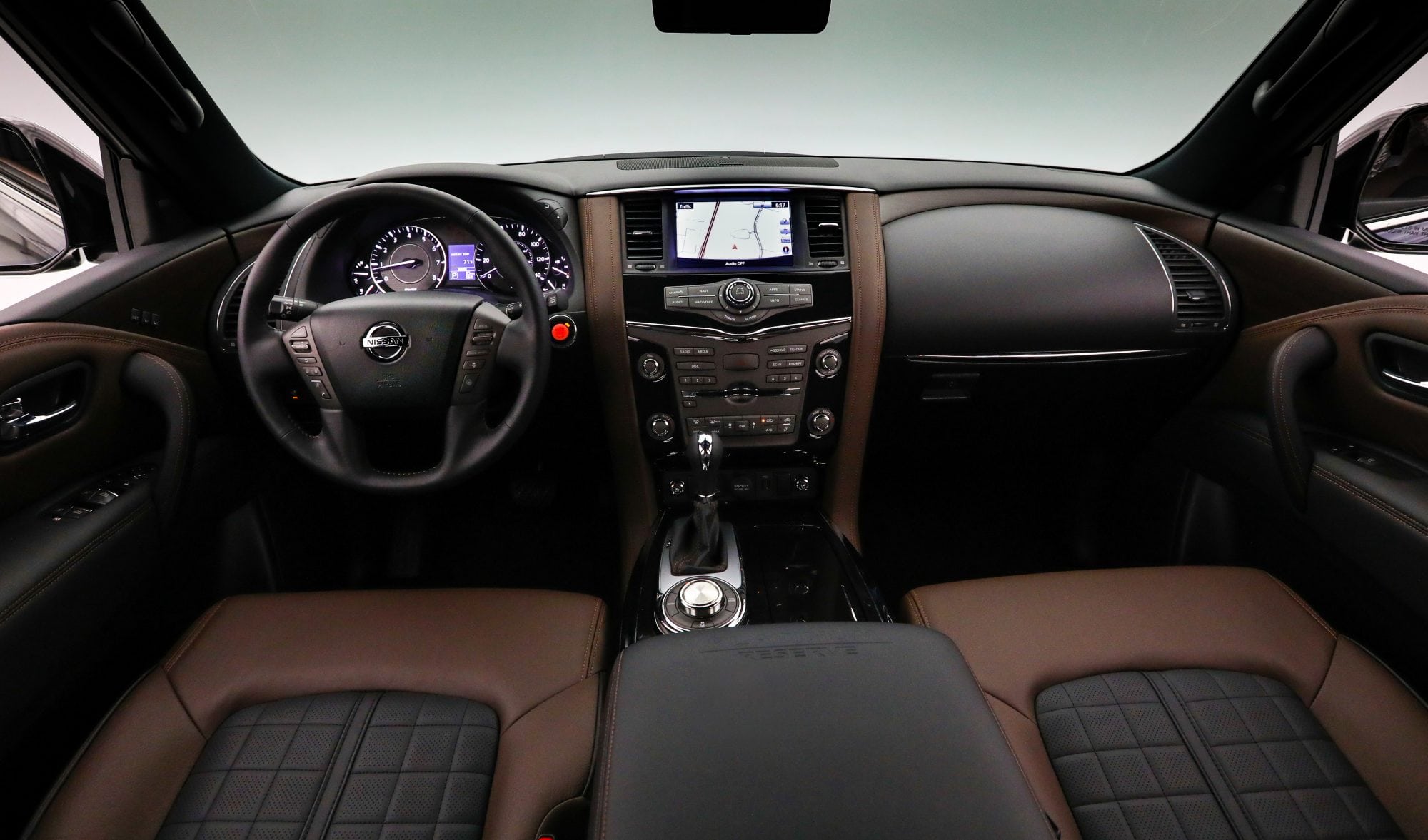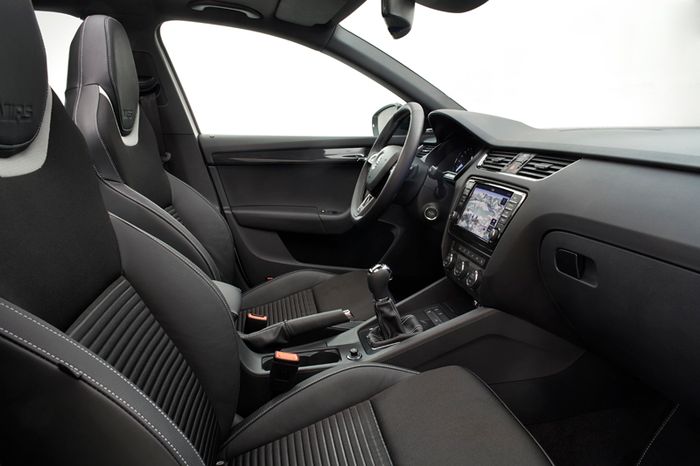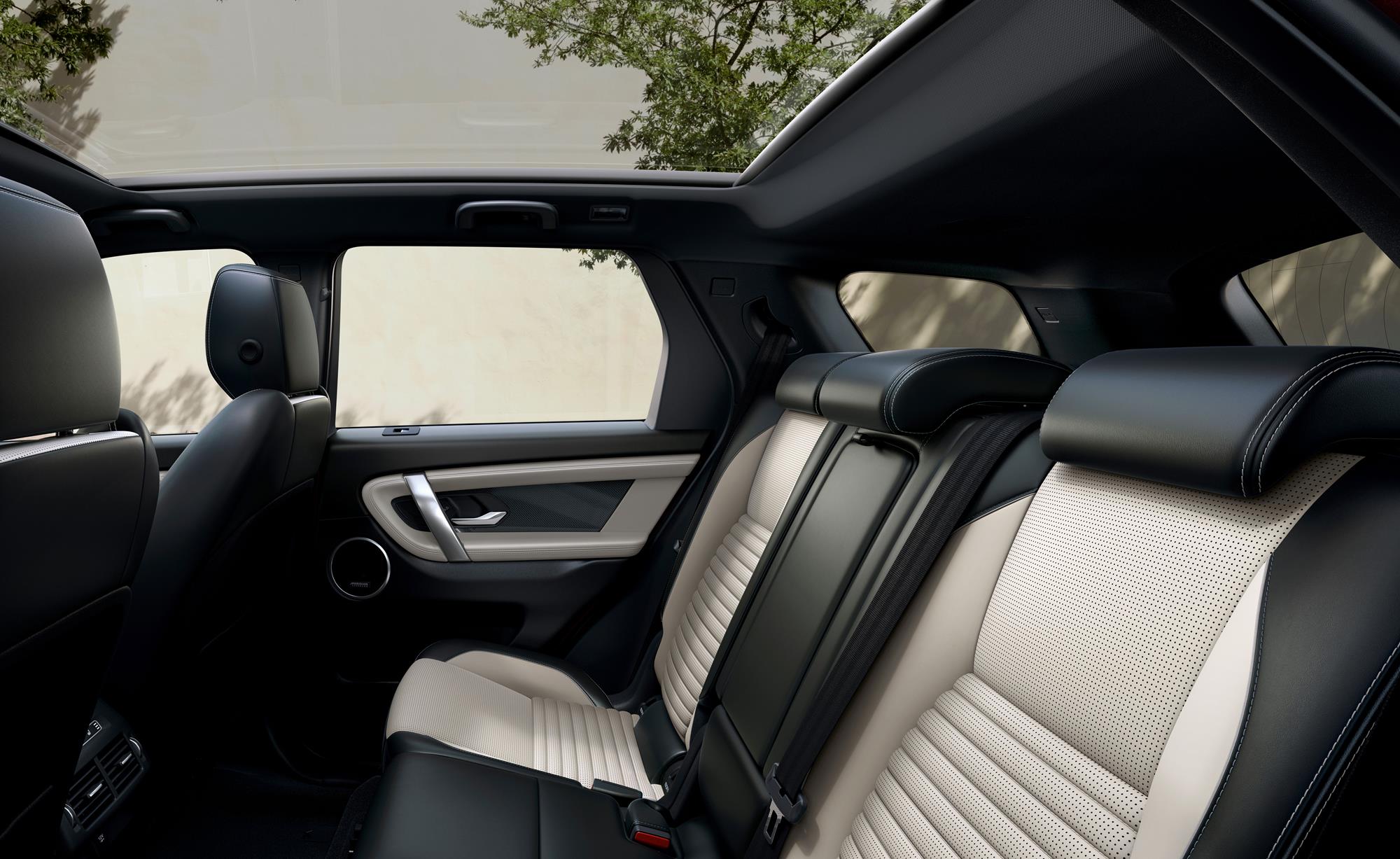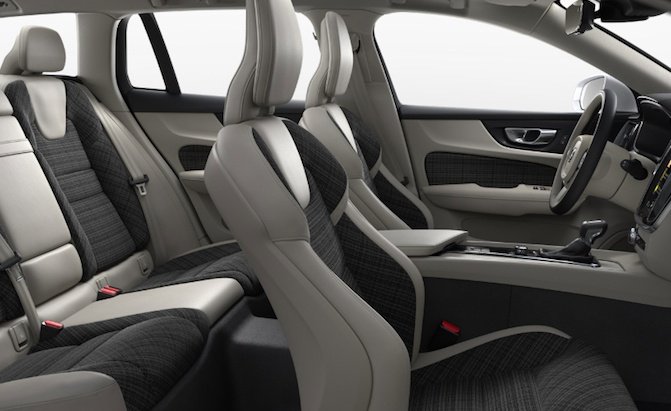When searching for a new vehicle, one question will always come up — do you want fabric seats or leather upholstery? While the scenario is more in-depth than that — you’ll also have to decide on things like color and trim — do you know which of these two basic options is the best?
Let’s take a look at the pros and cons of each, which one might be best for you, and what to look forward to in the future.
Leather — Pros
Leather seats are a luxury option when it comes to designing your interior. They’re easy to clean, requiring a mixture of warm water and soap. Plus in new cars, leather smells amazing. Leather seats also work better with seat warmers, as the material transmits heat better.
Leather seats are incredibly comfortable in most situations and make your car feel more luxurious than it actually is.
Fabric — Pros
Fabric seats are your best budget option when it comes to choosing an interior. In some cases, fabric is the only option — but that isn’t necessarily a bad thing. Fabric seats, specifically those made with nylon, are durable, ideal for anyone who is hauling pets, kids or people prone to messes.
As a bonus fabric is a lot easier to customize, which means your purchase price will be lower.
Leather — Cons
As we’ve stated, leather is a luxury option, which means it’s going to cost more. Plus, it won’t have as many customization options as fabric. It can also dry out, bleach and crack if exposed to sunlight for long periods. You can condition leather to make it last longer, but it won’t hold up as well as fabric seats.
If you choose leather, you may need to cover your expensive upholstery with seat covers once it starts to wear out.
Fabric — Cons
Fabric seats might be more durable, but unless you Scotch-Guard your interior, it’s not resistant to stains. Fabrics tend to be very porous, letting dirt and liquid seep into the foam of your seats. If that happens to be a spilled glass of milk, courtesy of your children, you could end up with an undrivable car.
Fabric is also prone to bleaching when exposed to sunlight, but it doesn’t crack or lose its integrity like leather.
Looking Toward the Future
Current seats, whether upholstered in leather or fabric, share a similar skeleton. Springs and padding get wrapped around a steel or aluminum frame. Workers then cover the structure in the material of your choice.
Adaptive textiles are starting to emerge in both automotive and aerospace applications. The textiles rely on 3D knitting techniques that create customizable fabric, eliminating the need for foam, springs and filler. Instead, these adaptive fabrics support and conform to each passenger’s needs, creating the most comfortable ride possible.
Which material, leather or fabric, makes for the best automotive seat? It’s is entirely up to you and your needs.
If you need a durable material that will remain comfortable with a minimum amount of effort, fabric is the best choice. If you prefer something luxurious and don’t mind a little elbow grease, opt for leather seating. The option is entirely up to you.


